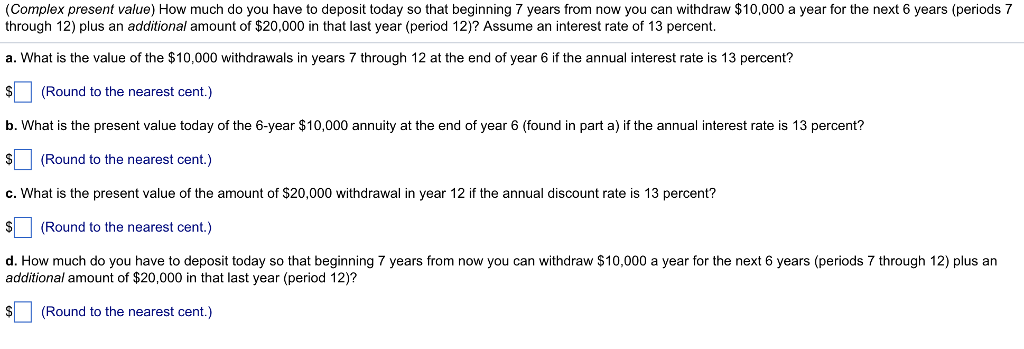



It requires comprehensive observations-both current and historical-as well as highly detailed climate recreations of the weather patterns that gave rise to the storm. This sort of analysis is called an attribution study. However, for any specific storm, scientists can try to estimate if and how much El Niño contributed to making the event especially extreme, for example, by increasing the amount of water vapor available “in the background,” or by shifting the position or strength of the jet stream. It's impossible to say which 10 were your "normal" ones and which 3 were the "extra" ones. During this El Niño winter, perhaps you get 13. Think of it this way: Suppose that in an average year, your state experiences 10 winter storms. El Niño does increase the chances for a wet and stormy winter and early spring overall across the southern tier of the United States, but it's impossible to say that any single storm was solely caused by El Niño and wouldn't have happened otherwise. Was that big storm we just had due to El Niño? You would feel the effects of the construction project through its changes to normal patterns, but you wouldn’t expect the construction project to "hit" your house. Different neighborhoods will be affected most at different times of the day. Think of how a big construction project across town can change the flow of traffic near your house, with people being re-routed, side roads taking more traffic, and normal exits and on-ramps closed. Instead, the warmer tropical Pacific waters cause changes to the global atmospheric circulation, resulting in a wide range of changes to global weather. No, El Niño isn’t a storm that will hit a specific area at a specific time. Is El Niño a kind of storm that will hit the U.S.? Convection associated with rising branches of the Walker Circulation is found over the Maritime continent, northern South America, and eastern Africa. Generalized Walker Circulation (December-February) during ENSO-neutral conditions.


 0 kommentar(er)
0 kommentar(er)
